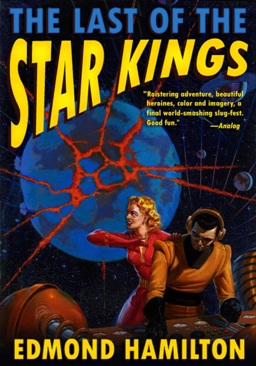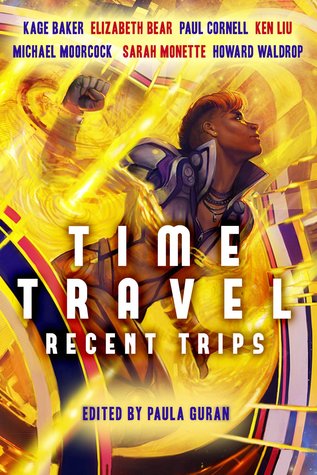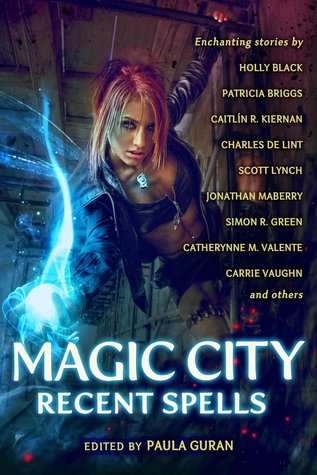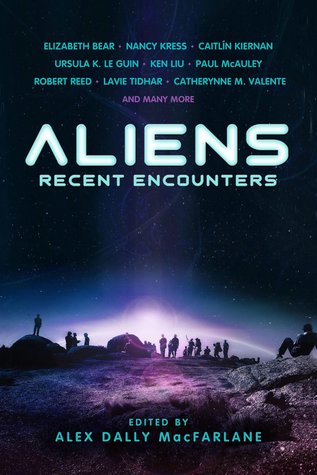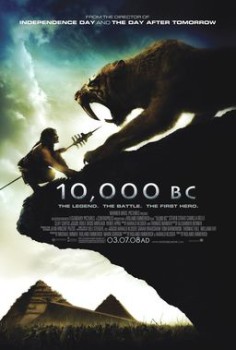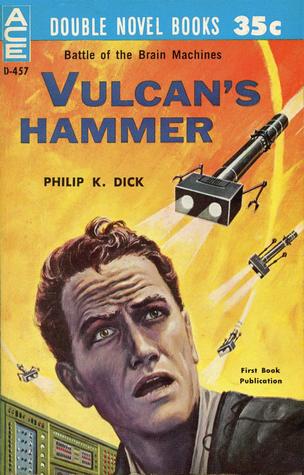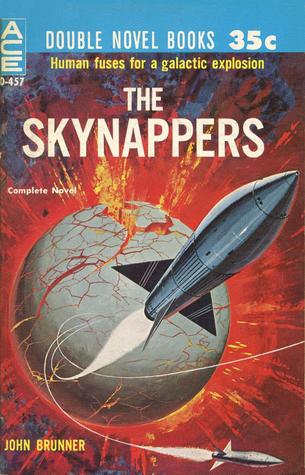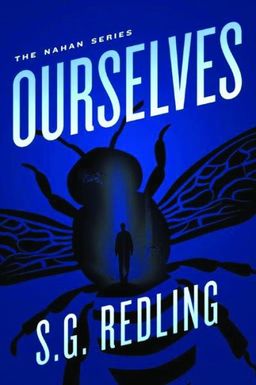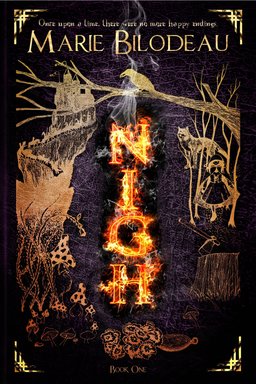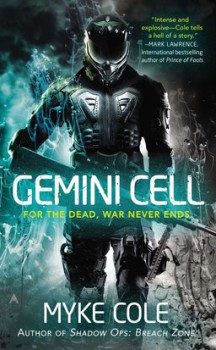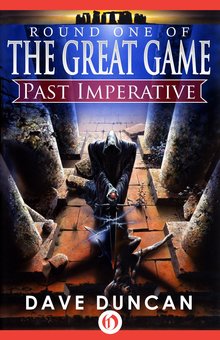Peter Watts’ Rifters Trilogy
 Usually I write here about books I’ve read and enjoyed. It’s really quite selfish: thinking about a good book extends the pleasure I get from reading it. This post, though, is a little different. I’m going to write about a science fiction trilogy in order to work out why I don’t like it more than I do. These are good books, even excellent books. But something about them didn’t grip me the way I would have thought they might.
Usually I write here about books I’ve read and enjoyed. It’s really quite selfish: thinking about a good book extends the pleasure I get from reading it. This post, though, is a little different. I’m going to write about a science fiction trilogy in order to work out why I don’t like it more than I do. These are good books, even excellent books. But something about them didn’t grip me the way I would have thought they might.
The books are Peter Watts’ Rifters trilogy: Starfish, Maelstrom, and ßehemoth (that’s a Greek beta at the start of the last; for ease of typing, I’ll stick with the English B from here out). Starfish was Watts’ first novel, published in 1999, and Maelstrom followed two years later. Behemoth was split into two volumes for print publication; B-Max (Betamax, I suppose) was published in 2004, Seppuku in 2005. All these books are available for free on Watts’ web site.
They’re extremely well-written. The plot’s tight and fast-moving, the characters are multilayered, and the prose is both concise and, when it needs to be, beautiful. And they’ve got some potent themes, about power and science and the nature of humanity. I came away from them very impressed. And also somehow dissatisfied, for no reason I could put a finger on. So I will write about them here, and see if I can articulate for my own satisfaction what it was that I missed, and whether it was something in the books or something in myself in as a reader.
